App Categories
One way of grouping apps is according to the content they offer the user. The category of an app will condition, at the design level, how detailed the interface will be and the possibilities for monetization.
It may seem unfair to label apps, because they hardly ever belong to just one category. In fact, many are put in different categories at the same time. For all intents and purposes, we have divided them as follows:
Entertainment
This is the dwelling place of gaming apps and all other apps that help users to have fun. The graphics, animations and sound effects engage the user’s constant and uninterrupted attention.
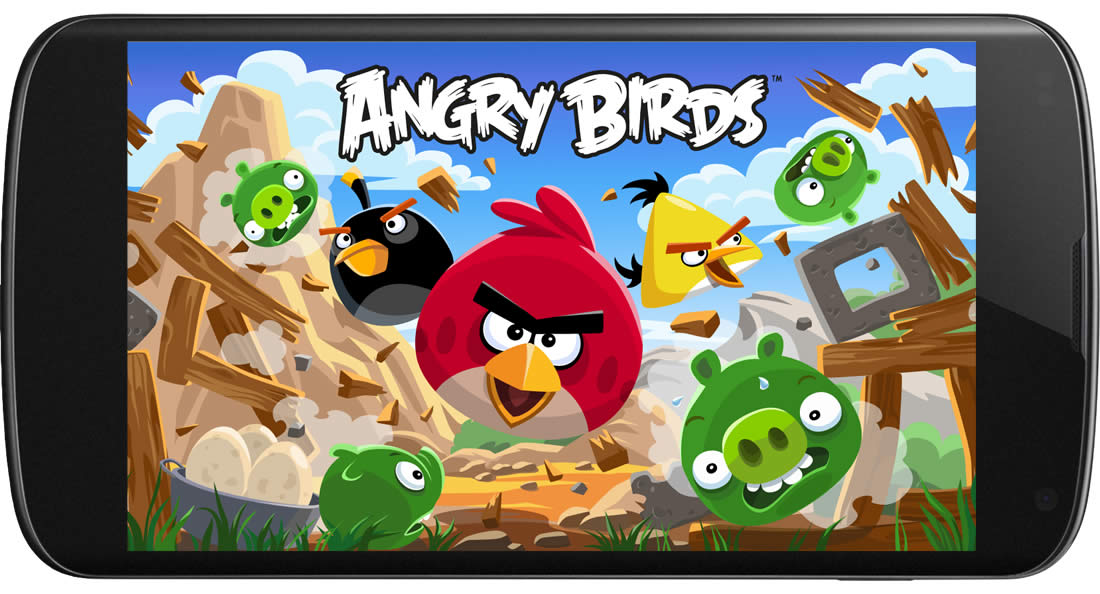
is one of the most popular mobile games on the market right now.
They generally have a design that is not strictly bound by platform guidelines. For example, Angry Birds has similar graphics across different operating systems.
As for business models, they’re generally quite flexible, because applications in these categories are sometimes downloaded in full paid versions and in other instances offer other purchased possibilities (by item, level, etc.).
Social
Social apps are those oriented towards communication, contact networks and interaction among users. The best-known social app on the market today is, of course, Facebook. Path, Twitter and Instagram are also examples.
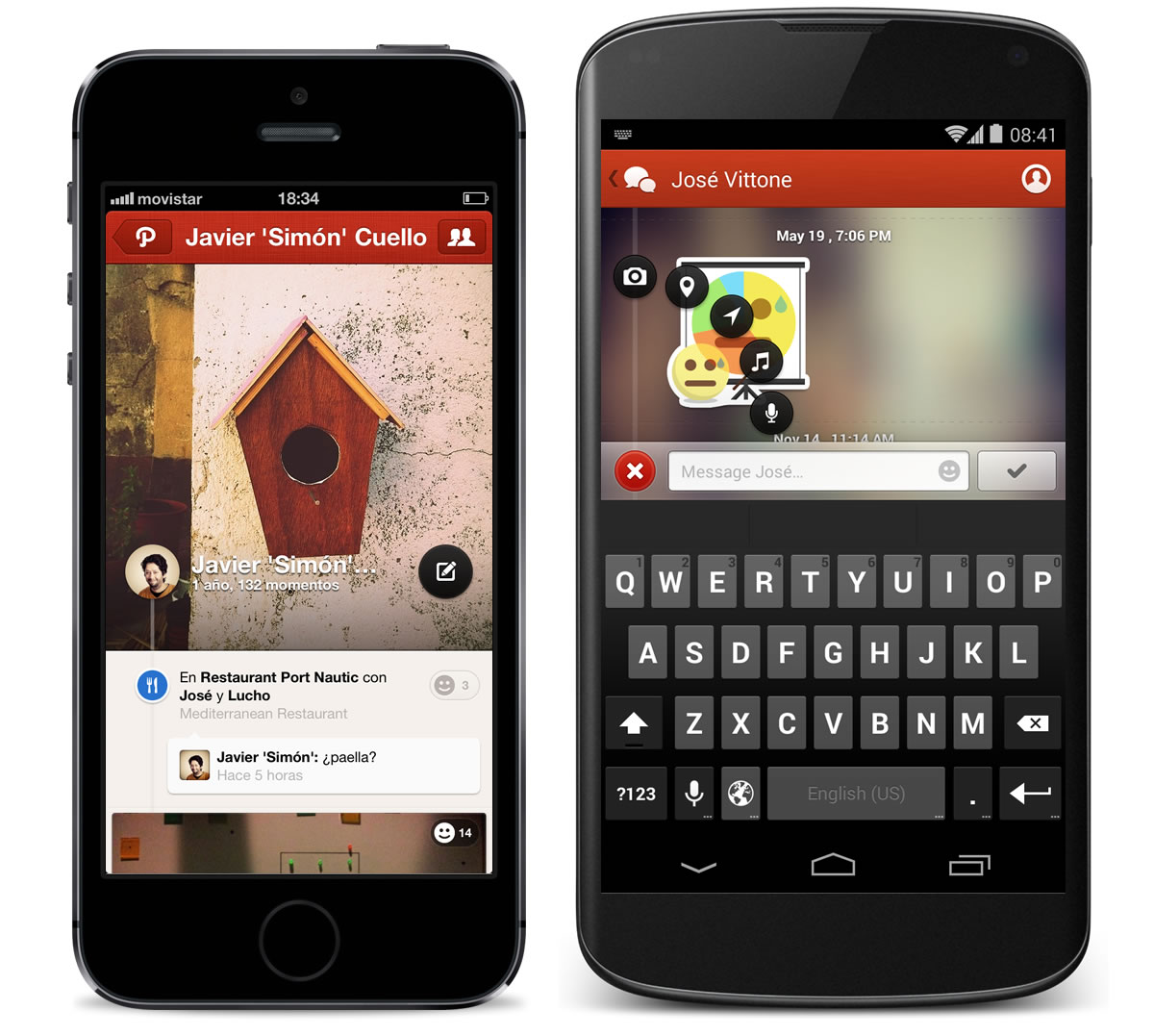
They are generally free of charge, and their business models depend on the personal data obtained from users or in-app purchases, such as stickers in the case of Path.
Utilities and Productivity
As apps in this category are more commonly associated with the business sector, they provide tools for solving problems that are quite specific and are based on the execution of concrete, quick tasks. Efficiency takes priority over all else.
Among these, we commonly find to-do lists Clear and Flow) and apps for work teams (Basecamp and Evernote). Users find value in tools that allow them to simplify their daily lives.ç
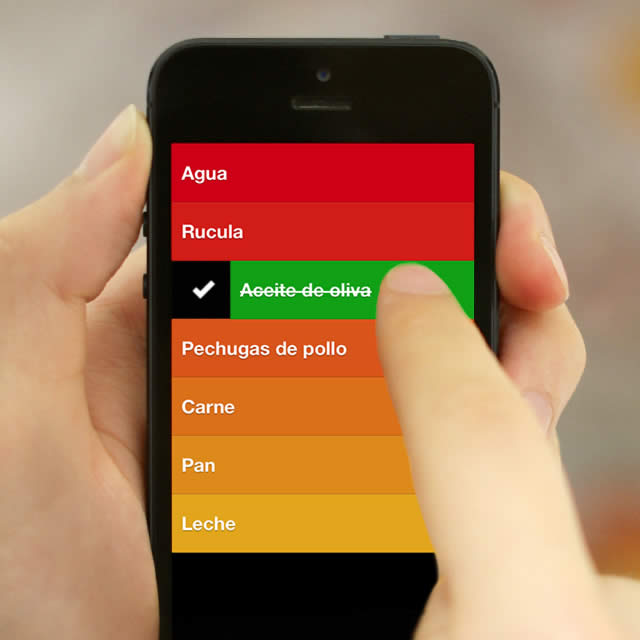
In this category, business models vary. If the app is only available for mobile devices, it’s normal for the app to have a cost, as in the case of Clear. On the other hand, apps associated with a cloud service for which the user is already paying, such as Basecamp, can be downloaded for free.
Educational and Informative
Educational and informative apps are used as transmitters of knowledge and news. In these apps, access to content is the most important factor; therefore, legibility, ease of navigation and search tools are fundamental.
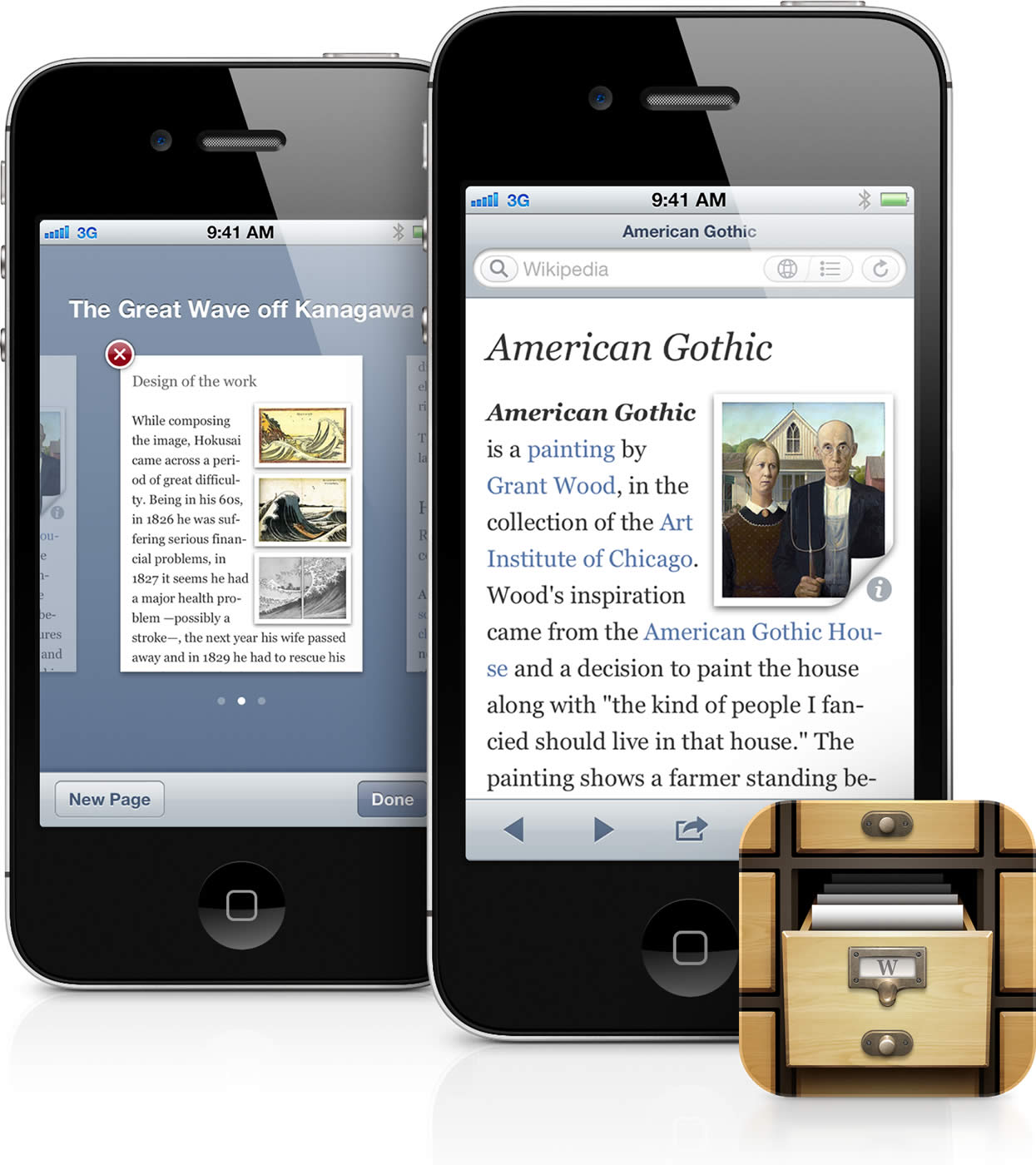
is a good alternative to the Wikipedia app, even though it’s paid.
Some, such as Articles, are paid, whereas others, like Wikipedia, are free.
Creation
These apps are centered on user creativity, for example, apps that allow users to edit videos, alter photographs, produce sounds or write.
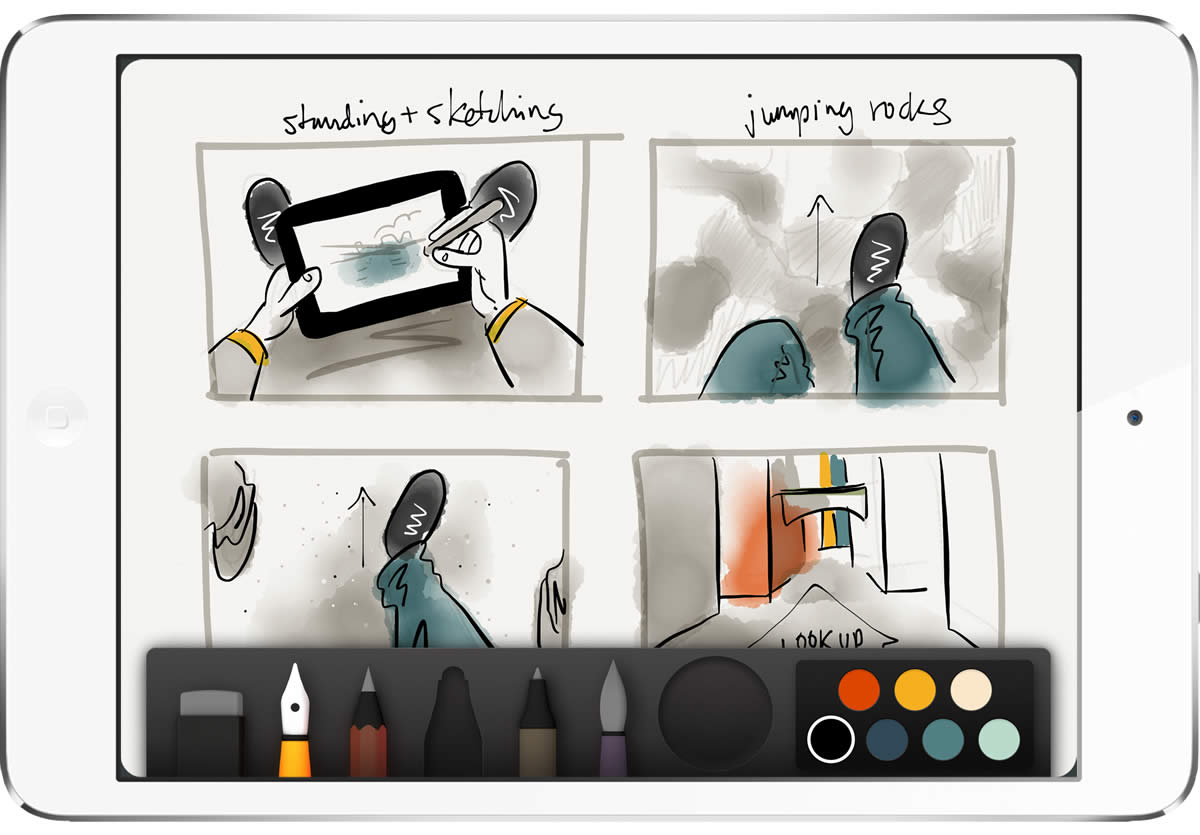
Even though they are usually paid, some offer less complete free versions or have additional components and functions that must be purchased individually. Besides basic tools, Paper also offers additional drawing elements that can be bought within the app itself.
Free, Paid or a Little Bit of Both
This is a subject that stirs quite a bit of a debate. Apps are a relatively new product, and even though they often follow the same business models already in use for other kinds of software, they are still surrounded by a cloud of uncertainty when it comes to how to make a profit.
That being said, an app’s objective may not be to make money at all but instead to serve as a communications channel with users or to extend the scope of a brand. For independent developers, this is a personal choice, and for brands, it depends on global goals.
All models, both free and paid, have pros and cons. So what are they?
Free Apps
Without a doubt, the biggest benefit of a free app is the scope it can reach. These types of products have zero download barriers. This first step is spreading the word and make sure it is clear to users that, in downloading, they’ve got nothing to lose. To a certain extent, this narrows down the expectations for a product. Nobody expects something that is free to be absolutely
awesome.
This can be especially useful for products that still require
development to fully mature. In such cases, their availability on the market makes it possible to take advantage of certain user behavioral indicators —how they use the app, frequency, etc.—to improve future versions. A free app can also serve as a window to promote a paid version of the same app or other apps from the same developer.
An inconvenience that is worth noting when it comes to free apps is that, because of fierce competition, it is much more difficult to gain visibility in app rankings and stores. Getting to first place as a free app requires many more downloads than with a paid product.
Nevertheless, the fact than an app is free does not mean that it is impossible to make money from it, as we will see in a bit.
Paid Apps
Because they require a significant number of downloads to be profitable, it is harder to achieve success with a paid app. Moreover, putting a price on a download creates a barrier that many users are hesitant to cross, especially when they aren’t already familiar with the product. Except in some very specific cases, such as Cut the rope, paid apps rarely become big hits.
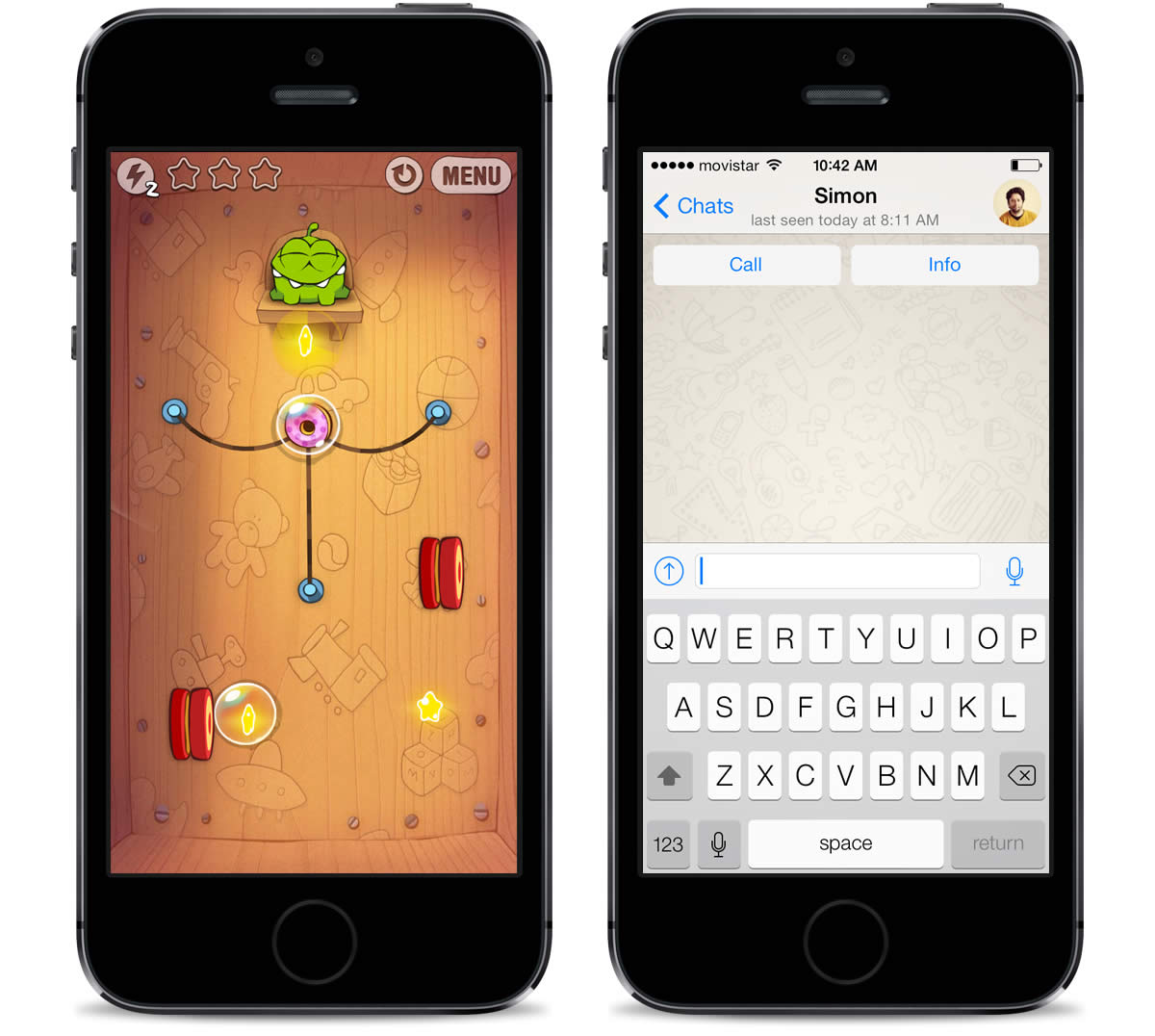
Whether or not a user is willing to pay for an app depends on many factors, one being the availability of free alternatives. If there are two similar apps, one paid and the other one free, the odds are, obviously, that the free app will have more downloads.
The store that sells the app also determines the possibilities for charging. For example, iPhone users have become more adept at paying for an app than those who use Android or Windows Phone. However, it also takes more quality to satisfy their expectations. This happened for quite some time with WhatsApp, which was free in one store and paid in another even though its functionality and features were practically identical.
Independent of the platform, the user pays for value, something that the app contributes that other apps don’t have and justifies the price —a price that many times is conditioned by the market and competition.
One parameter users generally take into account before paying for an app is user ratings. The more and higher the reviews are, the better. Users are much more likely to pay for an app with many reviews and an average rating of 4.5 stars than for an app with no reviews and negative ratings.
Lastly, it’s important to consider that each of the stores—Google Play, App Store or Windows Phone Store —charges a 30% commission on the sale price of an app. This means the developer only keeps 70% of what the user pays for the download.
Freemium
The freemium model (a combination of the words free and premium) is a blend of the two kinds of models previously discussed. These apps may be downloaded for free with basic and limited use. More advanced features can then be unlocked with payment.
This model combines the best of both worlds: it can reach a wide audience because it’s free, but it can also offer more advanced services for users to take advantage of and enjoy.
The hard part is determining which parts of the app should be free and what should be paid. Providing too many free features will result in few people opting for the paid version, since the free version will be enough. Likewise, if most of the features are paid, users may find the app impractical and stop using it.
A clear example of this kind of distribution comes in games. Players are allowed to get through certain levels, but in order to finish the game, they have to download the paid version.
Monetization
Monetization models are different ways of obtaining a profit through apps. They shouldn’t be seen as individual and separate, since they usually depend on whether an app is free, paid or freemium, and also on its category.
In-App Purchase
Some apps allow for the purchase of small, separate items that improve basic features, an example being photography apps that sell advanced filters. This is also the case for apps that offer premium content or subscriptions and is generally associated with freemium distribution.
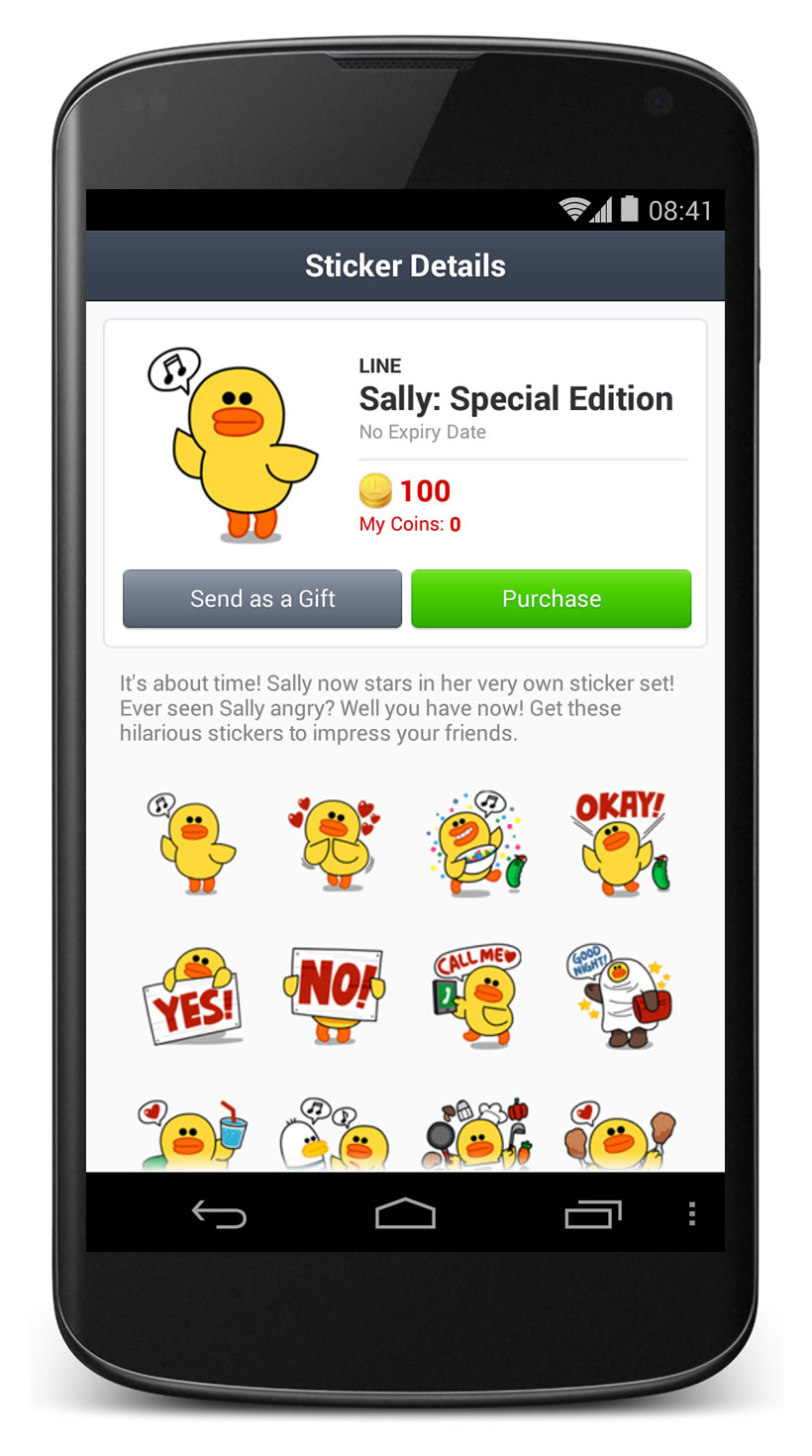
Full Version Payment
In such cases, two versions of an application are developed: a free version with basic features that let users try the app with some limitations or advertising, and a paid version that offers additional possibilities for someone looking for more.
This model is being used less and less because of the inconveniences of having two separate apps. Not only does this often annoy users who don’t want to be bothered with downloading a new app, but at the development level, it also poses a challenge in transporting user-defined settings from one app to another. What’s more, user reviews and positions in the store rankings are independent for each version.
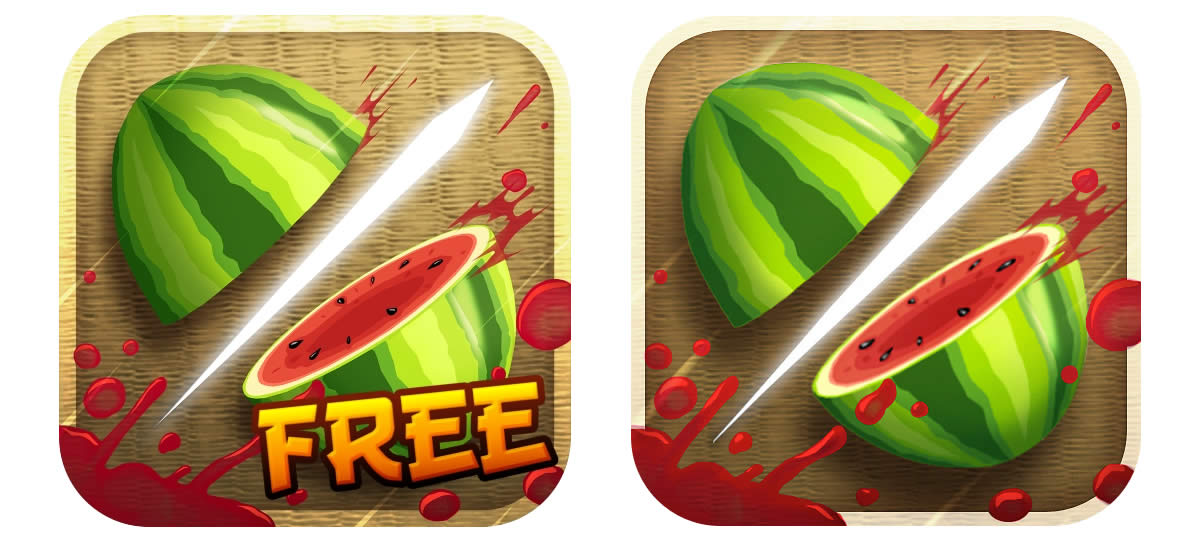
These inconveniences can be avoided by offering the premium version as an in-app purchase.
Advertising
Advertising can be used in free apps as a tool for gaining economic profit. It usually comes by way of a series of small ads that can be tapped by the user to access other websites or download other apps. In this model, earnings depend on the number of people that tap on the ads.
The main inconveniences of this model are user privacy intrusion and ad visualizations that affect user experience overall.
Each operating system has its own advertising system, and each sets different conditions. Google offers an advertising program for apps in Android called Google AdMob, whereas iOS has iAd and Windows Phone has Microsoft Advertising.
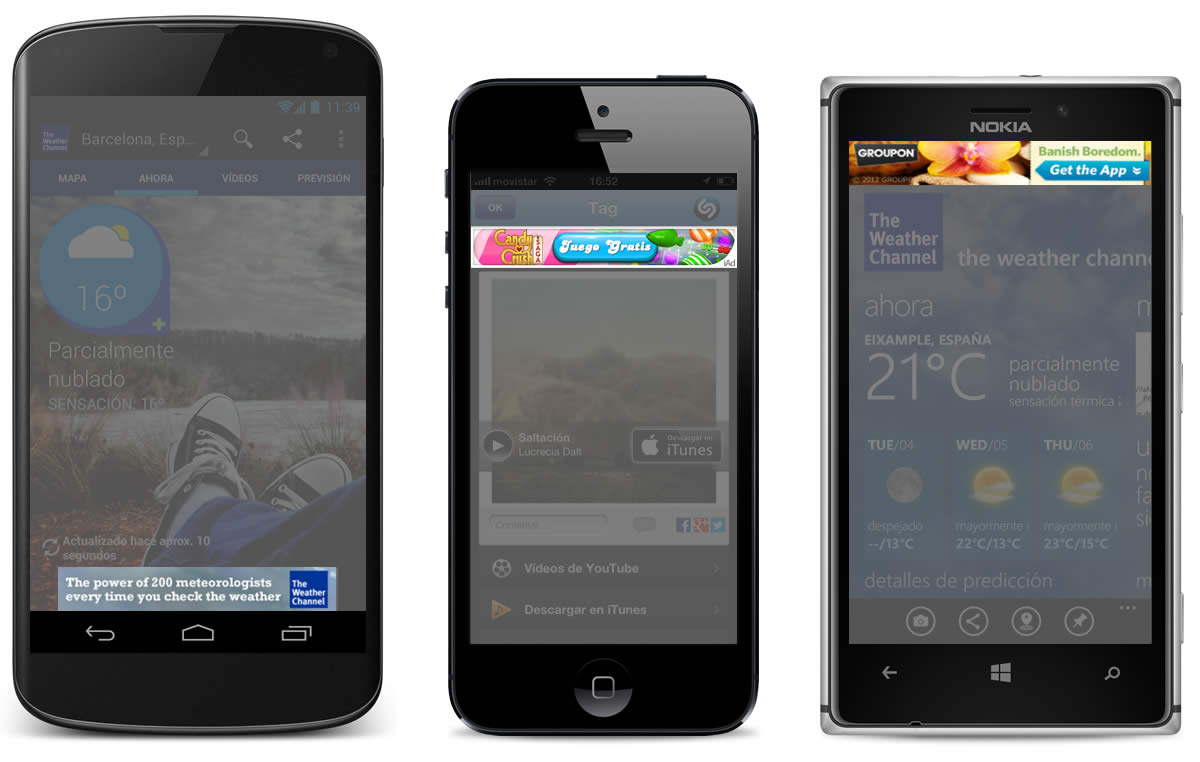
When weighing the option of including advertising, it is essential to consider the platforms where the app will be distributed. Ads are quite commonplace for Android, where users are more likely to accept advertisements in lieu of paying. But ads can be a problem for iOS, because users simply have a different level of tolerance.
Choosing a Platform
Before deciding to design for one or several platforms, you’ve got a lot to consider, from resources and complexity to the user you’re targeting.
Currently, the two operating systems with the most significant market share are Android and iOS, Android coming first.
Meanwhile, Windows Phone and BlackBerry are battling it out for third place.
Broad Scope vs. Exclusivity
Designing for an operating system as popular as Android means a potentially greater scope of users. However, the many different screen resolutions and operating system versions available for the platform have rendered designing for it a more complex experience. In other words, building for Android will cost you.
On the other hand, designing for iOS means focusing on a smaller and more exclusive market. Apple doesn’t have the same quantity of users as Android mobile devices, but it has the advantage of being more consistent in screen resolutions and operating system versions (and is easier to update). Hence, these factors aren’t a barrier for design.
Windows Phone is at a marked disadvantage when compared with the two giants, but the scenario is improving with the help of Nokia and HTC (note that Microsoft recently bought Nokia). Even though the number of Windows Phone users is not significant enough now to take on Android and iOS, there is a lot of potential for growth.
That being said, if you really want to design an app “for all,” you have got to go with Android and iOS, at least.
User Personalities
Each operating system has users with specific characteristics—geographic, demographic, psychographic and behavioral —that differentiate them. And though this may seem secondary, gaining a deep understanding of user profiles and personalities provides a number of clues as to who will use the app and what they’ll expect from it.
In general, iOS users place more value on the user experience. They are detail-oriented and have a higher socioeconomic profile than consumers from other platforms. Thus, they are more accustomed to paying for apps. iOS users love consistency. They like to see everything in its place and prefer to avoid surprises. This is, in part, because Apple is a more closed and restrictive system when it comes to app approval. It has a specific set of design rules in place that ensure a certain quality and regularity in its apps.
Android is an open-source operating system that allows more freedom for users and companies to make their contributions, and as a result, has a more personal touch. Android users are more open to trying different ideas and apps that break away from the paradigm and present alternatives that set them apart. This also means coming across applications that are a bit chaotic, even after Google’s efforts to establish more clarity in its general design guidelines. Moreover, Android has a wider variety of devices at different price ranges, and this makes it more massive.
Finally, Windows Phone is an operating system that is attracting users that love the simplicity of its plain, luxury-free interface. Prioritizing practicality over aesthetics, Windows Phone is focused on users who prefer a nice experience with simple navigation.
Going It Alone vs. Joining a Team
Embarking on a project can be a lengthy journey, depending on the development complexity and scope of an app. Building an app requires the participation of at least two individuals: a designer and a developer.
The designer is in charge of defining the general structure of the screens and their interactive elements, interface design, and the preparation of files for the developer. The developer, in turn, takes on the task of transforming the app so that it is no longer just a set of images on a screen, programming its functionality.
These two participants can define general operation properties, the reach of the project and the user experience they want to achieve. In fact, working together allows them to complement each other’s knowledge in their respective areas of expertise. For example, a designer can propose a certain interface, but the developer has to consider what the design infers in terms of development complexity. On the other hand, the developer has to propose functionality according to the usability advice provided by the designer. By working in tandem, they can obtain a high-quality app.
Small teams allow for an agile way of working —it’s always easier and faster to agree on something with only one person than with two or three. To a certain extent, however, working in a small team may limit the quality and complexity of a project as well.
A two-person team is the absolute minimum, but the ideal, or what we could call the Dream Team, consists of a much larger unit: a project leader to take charge of general coordination, information architecture and usability specialists, visual designers, platform-specific developers, and even writers and QA (quality assurance) staff.
The inconvenience of a bigger team is that it implies greater coordination efforts from all parties involved and a lot of management, which multiplies with each participant. Bigger doesn’t always mean better, because having more people in a group implies the need to define in detail the role of each individual in order to ensure that no one detracts from the project.
Products of excellent quality, such as iA Writer from Information Architects, have been developed by companies with relatively few employees. In fact, in many cases, team members don’t even share the same office. Projects in digital formats can be worked on by teams in different parts of the world with the help of project management tools like Basecamp and, of course, fluid communication.
Resources
Before getting started, it is vital to have a complete understanding of the path to getting an app published—especially the investment involved. This refers not only to people and knowledge but also to equipment.
If the designer is the one carrying out the project and needs a developer, he or she may not know exactly what to look for in a partner. Different platforms require different programming knowledge.
Android
Android apps are programmed in Java using Android’s own libraries, so at the programming level, a developer with sound knowledge of standard Java shouldn’t have many problems joining the Android world.
Programming apps for this operating system can be done with a Mac or a PC, Windows or Linux. The Android Studio software and all of the material needed to develop an app can be downloaded from Android’s developer website.
When developing, Android Studio lets the programmer use several device simulators. They can also perform a real use trial by connecting a mobile device to a computer.
iOS
Any programmer willing to work with iPhone and iPad should have some knowledge of object-oriented programming before transitioning to Objective-C, the programming language used for iOS.
In terms of hardware and software requirements, a Mac computer is needed along with the Xcode, the official SDK for developing for iPhone and iPad. Xcode may be downloaded for free.
The code can be tested directly with a simulator (a representation of the phone that shows how the code behaves) on a computer. This is sufficient most of the time but does have certain limitations as an app may appear to behave much faster than it will on a phone.
Ideally, to perform a more real development trial, the code should be tested with an iPhone connected to a Mac. This requires the purchase of a developer license20, something that will be necessary for publishing. The cost of the license is 99 dollars per year.
Windows Phone
The programming language used with Windows Phone is C#, so finding a developer with experience in that arena will be a good idea. To build an app, C# is combined with Windows Phone’s own libraries.
Developers that don’t love Windows will have to get used to it, because they’ll have to have at least Windows 7. But don’t despair—it can be installed on any PC and also as a virtual machine in Mac. And speaking of software, Microsoft Visual Studio is also required for building for Windows Phone. The free version is enough to develop an app, but it’s clear that paying for a full version is much more convenient.
The Windows Phone simulator works relatively well, because the app can be tried directly on a computer. In order to perform a more real simulation, it is possible to connect a phone to a computer with Windows. But for that, you also have to buy a developer license that costs 99 dollars per year.
